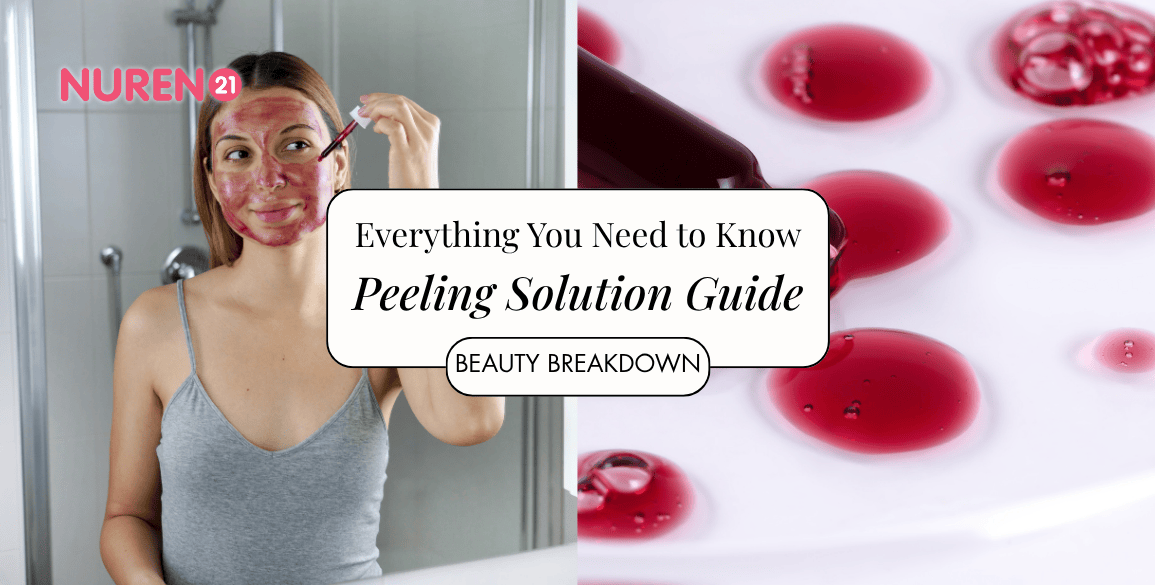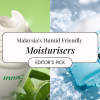Ever browsed TikTok and seen someone calmly painting a blood-red liquid all over their face – smiling like it’s totally normal?
Yep, that’s a peeling solution.
It looks scary, it tingles (sometimes burns), but it also promises baby-smooth, glassy skin in minutes.
No wonder half the internet swears by it while the other half swears at it.
Before you go adding it to your cart, here’s the truth about what peeling solutions really are and why everyone’s obsessed.
What Exactly Is a Peeling Solution?
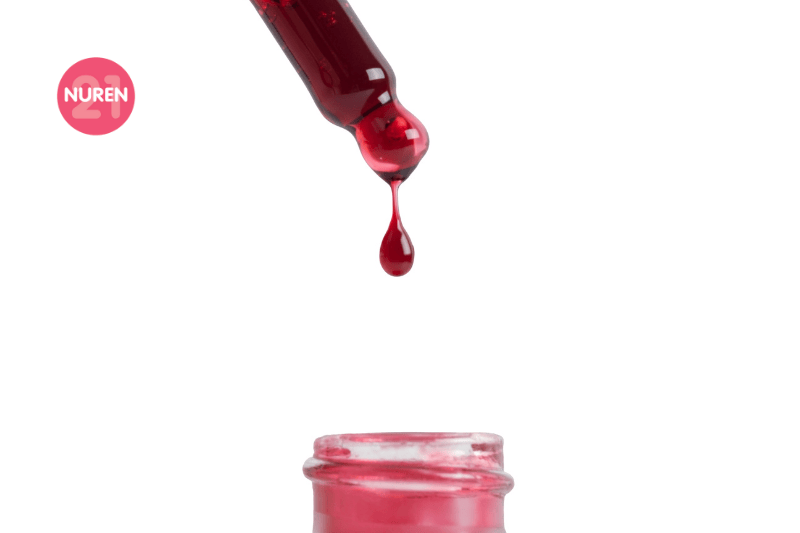
A peeling solution is essentially a chemical exfoliant.
It uses acids like AHA (alpha hydroxy acid), BHA (beta hydroxy acid), and sometimes PHA (polyhydroxy acid) to dissolve dead skin cells and reveal fresher, smoother skin underneath.
Think of it as a smarter, liquid version of a scrub.
Instead of physically rubbing your face, these acids work on a molecular level to loosen the bonds that hold dull, rough cells to the skin’s surface.
The result is skin that feels softer, looks brighter, and absorbs skincare products more effectively.
When used properly, a peeling solution can refine texture, even out skin tone, and give you that post-facial glow, without the spa visit.
Why People Love It
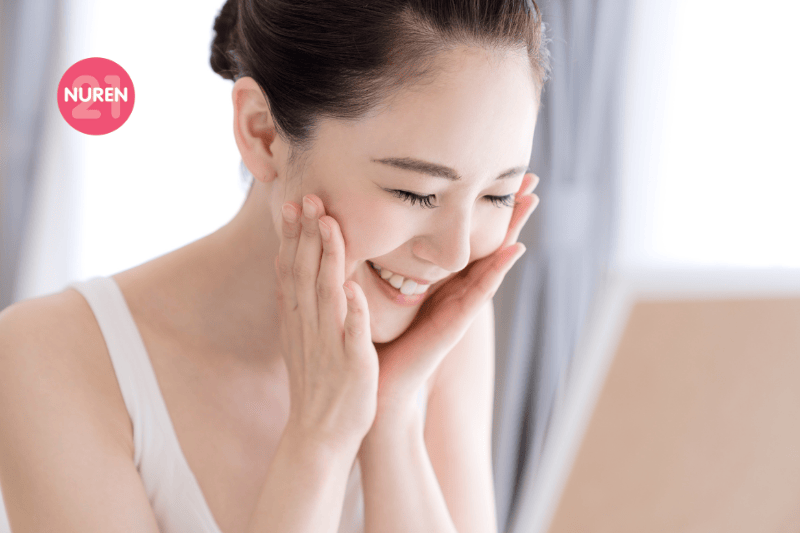
One reason peeling solutions are so popular is that they deliver visible results quickly.
By removing the layer of dead cells sitting on the surface, the skin can better absorb serums and moisturisers, allowing other products to perform more effectively.
They’re also great for tackling dullness, uneven skin tone, and rough texture.
Over time, consistent use can help fade acne scars and give the skin a more radiant, polished finish.
However, the key is moderation.
The acids that make peeling solutions powerful are the same ones that can cause irritation if used too often.
Understanding the Acids
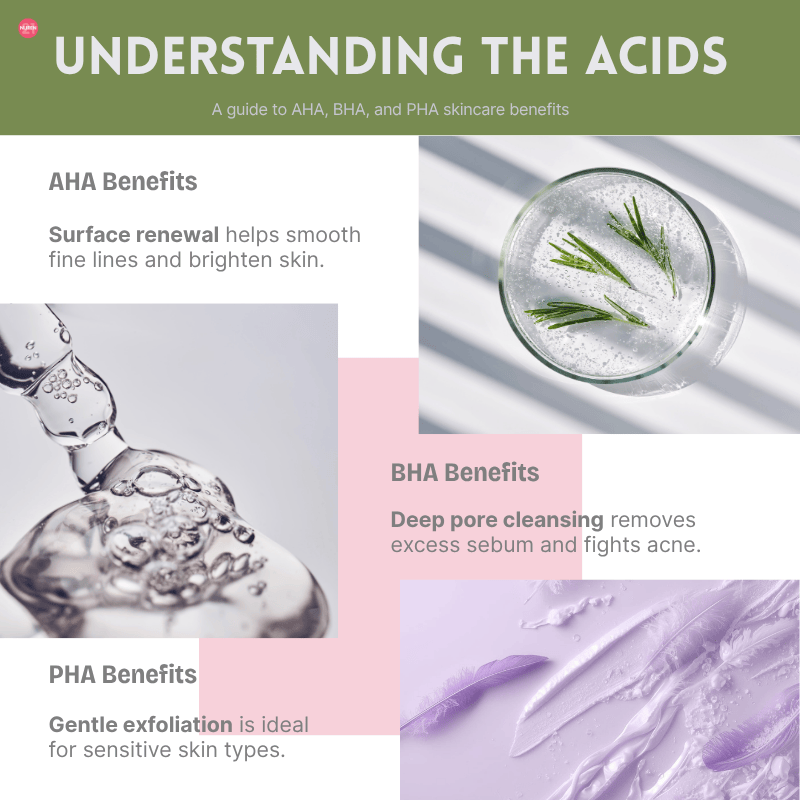
Different types of acids serve different purposes.
AHAs, such as glycolic or lactic acid, are water-soluble and work on the surface to smooth fine lines and brighten dull skin.
BHAs, like salicylic acid, are oil-soluble, meaning they can penetrate deeper into pores to clear out excess sebum and prevent acne.
PHAs, the gentler counterpart in the acid family, are ideal for sensitive skin types as they exfoliate without causing much irritation.
When applied, these acids temporarily lower your skin’s pH, allowing them to dissolve dead cells more effectively.
A mild tingling sensation is normal and often a sign that the formula is doing its job.
However, if it starts to sting or burn, rinse it off immediately.
How to Use a Peeling Solution Safely
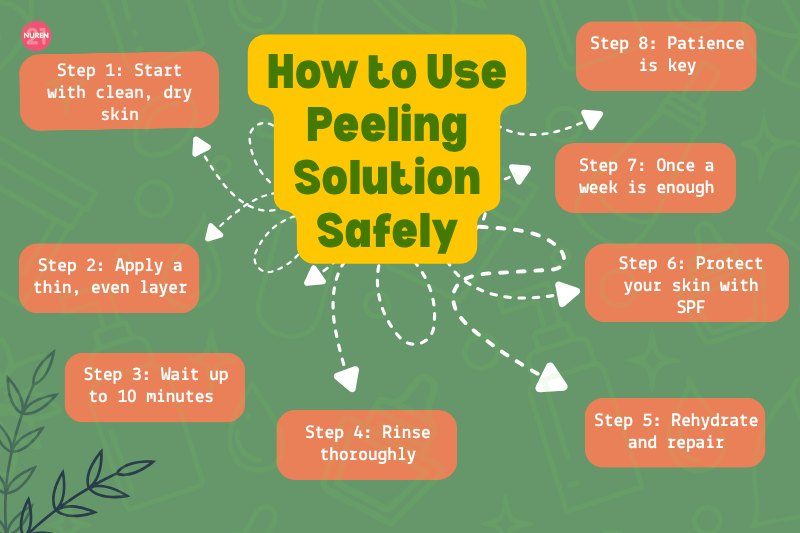
Start with clean, dry skin: Cleanse your face thoroughly and pat it dry. Avoid any leftover moisture, as water can increase acid penetration and heighten irritation.
Apply a thin, even layer: Using clean fingers or a dropper, spread the solution evenly across your face. Steer clear of the eyes, lips, nostrils, and any areas with cuts or active breakouts.
Wait no longer than ten minutes: Let the solution sit for up to ten minutes, or less if you’re a beginner. You should feel a mild tingling sensation, not burning. If it stings, rinse it off immediately.
Rinse thoroughly: Use lukewarm water to wash away the solution completely. Make sure no residue remains, as acids continue working until fully removed.
Rehydrate and repair: After rinsing, apply a gentle, fragrance-free moisturiser to calm and restore your skin barrier. Look for ingredients like ceramides, cica, or panthenol.
Protect your skin the next morning: Always wear sunscreen after using a peeling solution. Your skin will be more sensitive to UV rays, and skipping SPF can undo your results.
Keep it moderate: Start with once a week, and only move to twice weekly if your skin tolerates it well. Using it more often won’t make your skin glow faster, it’ll just cause irritation.
The Dos and Don’ts
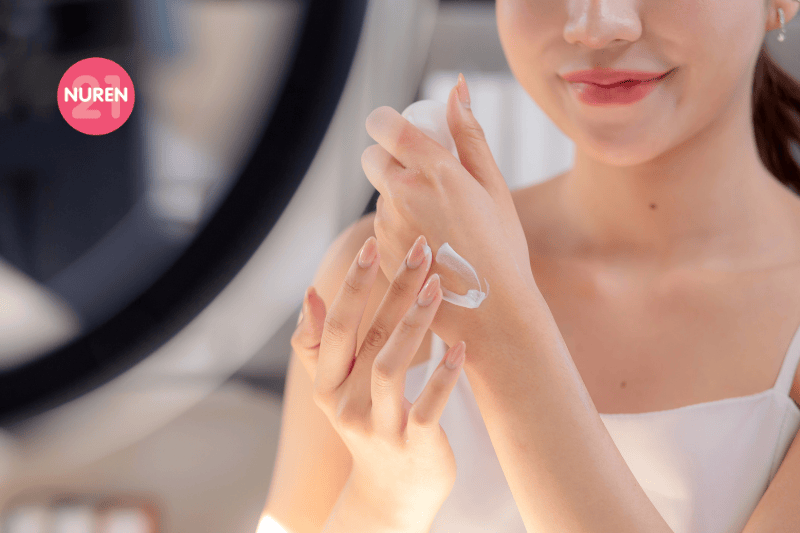
The Dos
Start slow and listen to your skin.
Always patch test before applying a peeling solution to your entire face, dab a small amount behind your ear or along your jawline and wait 24 hours to check for any reaction.
After each session, stick to soothing, hydrating products to help your skin recover.
Moisturisers with ceramides, cica, or heartleaf are ideal for calming and reinforcing the skin barrier.
Store your peeling solution away from direct sunlight or heat to keep the formula stable and effective.
Use the product only as often as recommended and follow the instructions closely.
Regular, careful use delivers far better results than overdoing it.
And above all, make sunscreen part of your daily routine, freshly exfoliated skin is especially sensitive to UV rays.
The Don’ts
Avoid using other strong actives such as retinol, vitamin C, or additional acids within 24 to 48 hours of a peel.
Combining these can easily overwhelm your skin and cause irritation.
Never apply a peeling solution to broken, inflamed, or sunburnt skin, and don’t leave it on longer than directed, extra time doesn’t mean extra glow.
Over-exfoliating will only lead to dryness, redness, and long-term sensitivity.
Choosing the Right One for Your Skin

Not all peeling solutions are made equal.
If you have oily or acne-prone skin, look for formulas that contain BHA, such as salicylic acid, to unclog pores and control breakouts.
For dry or dull complexions, AHA-based products with lactic or glycolic acid can help smooth rough patches and brighten the overall tone.
Sensitive skin types should opt for PHA or enzyme-based peels, which exfoliate more gently.
Always check the concentration listed on the label.
Higher percentages don’t necessarily mean better results, they just increase the risk of irritation.
So, Is It Worth the Try?
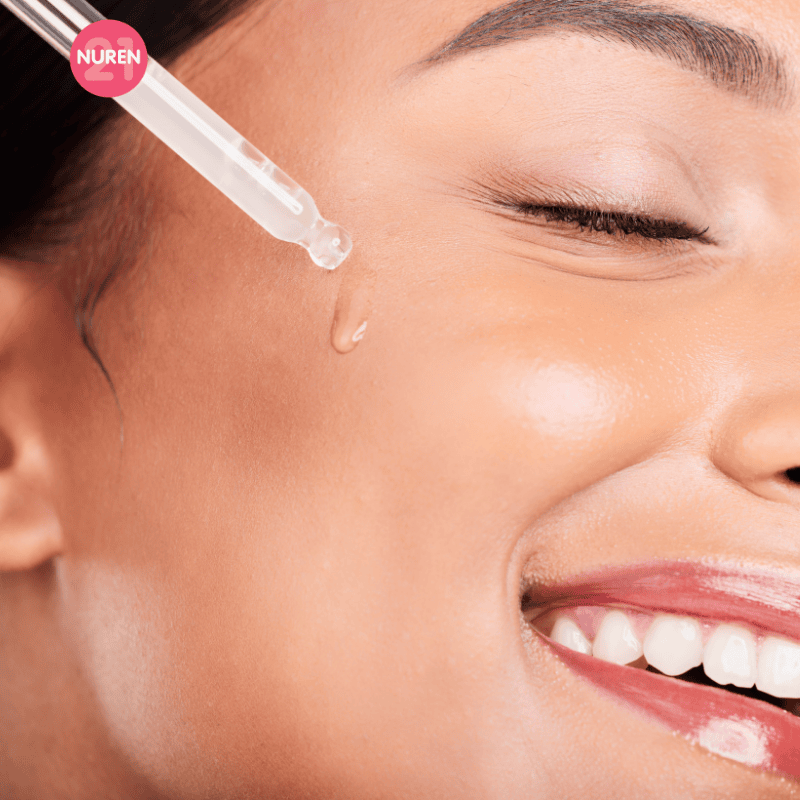
When used correctly, yes.
Peeling solutions can transform dull, rough skin into a smooth, radiant canvas.
But they’re powerful products that require care and consistency.
Think of them as the espresso shot of skincare: potent, effective, and best enjoyed in moderation.
Start slow, respect your skin’s limits, and prioritise hydration and SPF.
Do that, and you’ll enjoy the kind of glow that filters can’t fake!
